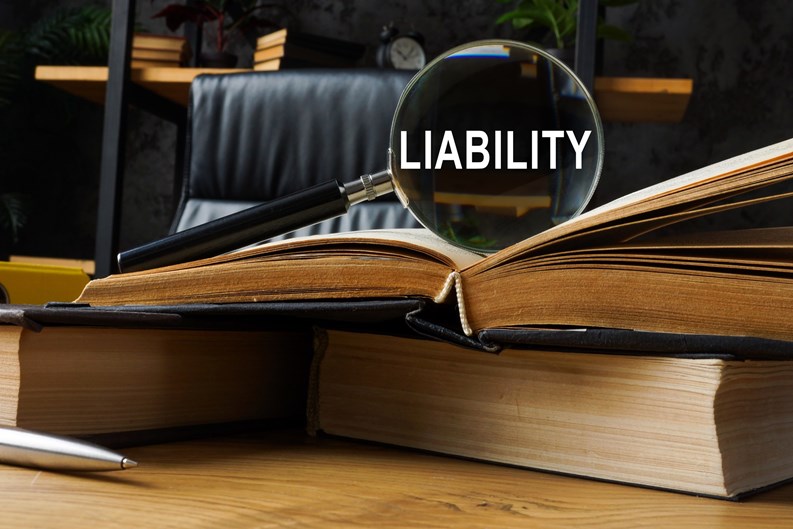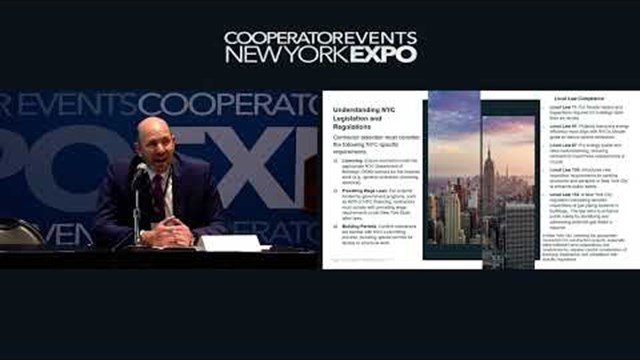Over the past several years, liability and excess liability insurance carriers have been exiting the New York marketplace. This trend has led to fewer options for securing proper coverage, and higher premiums for obtaining sufficient coverage—often with reduced policy limits, leaving property owners and contractors with gaps in their insurance program.
At least some of these challenges—particularly the ones around securing adequate coverage and proper terms when planning construction projects—can be attributed to Labor Law 240/241 (LL240/241) and related claims. Property owners, managers, and contractors may be acutely aware of those challenges, but it’s also important to know how and why the laws are affecting them.
What the Laws Cover
New York Labor Law 240 and 241 are related statutes aimed at protecting construction workers from on-site injuries. Labor Law 240 (also known as the NY Scaffold Law), applies to construction workers injured in falls, or by falling objects on the job. It requires property owners and general contractors to provide scaffolding, safety equipment, and proper training on both. Labor Law 241 applies to job sites where excavation or demolition takes place, and requires building owners and general contractors to provide ‘reasonable and adequate’ safety equipment, training, and other precautions, proper fencing or barriers around excavation shafts or openings, and proper construction, reinforcement, security, and operations in and around worksites. Penalties for violations can be steep, and include everything from fines to jail time to the revocation of the employer’s business license.
Both laws apply to all employees, regardless of company size, or the type of work they perform, and impose strict liability on property owners for construction related injuries. Under strict liability, property owners are held responsible for damages or injuries that occur, regardless of intent or negligence. In these cases, the injured party—typically a contractor’s or subcontractor’s employee—does not need to prove fault; they only need to demonstrate that the injury or harm occurred, and that the property owner controlled the property where the incident took place.
The Cost of Fraud
Under LL240/241, workers can report violations of the law and pursue compensation if they believe their employer or the property owner was negligent. The impact of a Labor Law 240/241 claim on a building or contractor’s insurance costs and coverage is therefore really only felt after a claim or lawsuit is filed, which can be done up to three years after an alleged incident occurs.
While few would argue that keeping workers safe and giving them a means to be properly compensated for injuries sustained on the job are worthy goals, and while the vast majority of claims are legitimate, LL240/241’s reporting process has inspired a few bad actors to abuse the law for fraudulent ends. In November of last year, a local news outlet reported that a number of reinsurance companies and construction contractors had accused individuals of staging workplace accidents and filing false claims under LL240/241. The scheme reportedly even involved collusion among lawyers and medical providers, with staged incidents designed to exploit the strict liability provisions of the laws, which hold contractors and property owners fully liable for gravity-related injuries, regardless of fault. The lawsuits triggered general liability claims, with the colluding medical providers allegedly exaggerating injuries and treatments to inflate settlement values.
One reinsurance company involved in the complaint alleged that between legitimate LL240/241 claims and this multilevel fraud, their claim costs went from $3.15 million in 2018 to $18.4 million in 2023—a 484% increase—and their claims liabilities went from $8.14 million in 2018 to $58.75 million in 2023—a massive 722% increase.
And that’s just one company. When extrapolated across the entire New York insurance market, the collective cost of defending and paying for fraudulent work injury claims is staggering—and it works its way back into what property owners and contractors have to pay to secure proper coverage going forward. For insurers, the financial implications of hundreds and thousands of such claims, both legitimate and fraudulent, is a major reason why the cost of liability and excess liability coverage is impacting the overall availability and cost of insurance in New York State.
Mitigating the Impact of LL240/241 Claims
The most effective way to mitigate LL240/241 claims is to effectively transfer the risk to the proper party; for a property owner, the other party is the contractor. The recommended approach is a two-step process:
Risk Transfer Provisions in a Written Agreement: A properly worded Hold Harmless and Indemnification (HH&I) agreement and an Insurance Procurement section in all written agreements serves to transfer risk from the property owner to the contractor. This can be an AIA contract, or any written agreement that contains the relevant language to transfer risk. It is especially important to include your insurance broker along with legal counsel to review any such agreements to make sure the language contained will trigger the contractor’s insurance policy if a claim occurs.
• Insurance Policy Review: A thorough review of the contractor’s actual insurance policies—not just their Certificates of Insurance—must be done before any project is awarded. This is to ensure that the policies have proper and adequate coverages without any offensive exclusions.
The HH&I provision shifts liability to the contractor, relying on the contractor’s insurance to provide the financial protection he or she is taking on in the written agreement. HH&I provisions are only effective if the contractor’s insurance is triggered and the policies have the appropriate coverage without any exclusions for these types of claims. Only through a review of the contractor’s actual insurance policies can it be determined whether those policies will respond to a labor law-related claim. Frequently, exclusions or limitations in coverage are embedded within the policies and often added as endorsements, making them less obvious. Yet another reason why it’s crucial to have your insurance broker and legal advisors review these documents before anything is finalized.
The written agreement and HH&I provision should include specific language and clauses to ensure that the contractor’s insurance responds appropriately in the event of a claim. Key considerations include, but are not limited to:
• Written Agreement: The agreement must be documented in writing and signed by all parties before any claims arise.
• Additional Insureds: Require the contractor to designate specified parties as additional insureds.
• Primary & Non-Contributory Insurance: Specify that the contractor’s insurance is primary and non-contributory to other policies.
• Waiver of Subrogation: Include a waiver of subrogation in favor of the property owner to prevent the contractor’s insurer from seeking reimbursement from the property owner.
• Insurance Procurement Requirements: Clearly outline the types of required coverages, the minimum coverage limits, and unacceptable exclusions or limitations.
To ensure adequate protection, the contractor’s insurance policies should meet the following requirements:
• Additional Insured Status: Grant additional insured status to parties as per the written agreement.
• Primary & Non-Contributory Coverage: Ensure the contractor’s coverage is primary and non-contributory.
• Ongoing & Completed Operations: Provide coverage for both ongoing and completed operations.
• No Contractual Liability Exclusions: Avoid exclusions or limitations related to contractual liability or coverage for independent contractors and subcontractors.
• No Employee Injury Exclusions: Exclude limitations for injuries or death of employees, including subcontractor employees.
• No Labor Law Exclusions: Exclude New York Labor Law Sections 240 and 241 exclusions (or similar amendments).
• No Cross-Suit Exclusions: Ensure no exclusions for claims between insured parties.
• No ‘Hard Hammer’ Clauses: Ensure that the contractor’s insurance policy provides coverage for any claims, even if an independent contractor or subcontractor they hire lacks adequate or proper insurance.
• No Height Restrictions: Remove any restrictions related to work performed at heights.
• Auto Policy Coverage: Ensure no exclusions for loading or unloading activities under the auto policy.
• Excess Liability: Excess liability should follow from the primary policy and extend to the automobile policy.
This is not an exhaustive list, so again—consult your broker and attorney for their recommendations and advice prior to finalizing anything.
A written agreement with proper HH&I language, combined with a thoroughly vetted insurance policy review can help ensure that the contractor’s insurance policies respond to claims, to prevent the property owner from being liable for gaps in the contractor’s coverage. By having a comprehensive written agreement and thoroughly reviewing the contractor’s policies, boards and property owners can better protect themselves from potential liabilities tied to Labor Law 240/241 claims. These proactive risk transfer measures demonstrate to insurance carriers that the board is working proactively to mitigate the risk of such claims being shifted onto them, reducing the likelihood of the insurer having to defend or pay for them—and that in turn helps bring down costs to everyone involved.










Comments
Leave a Comment